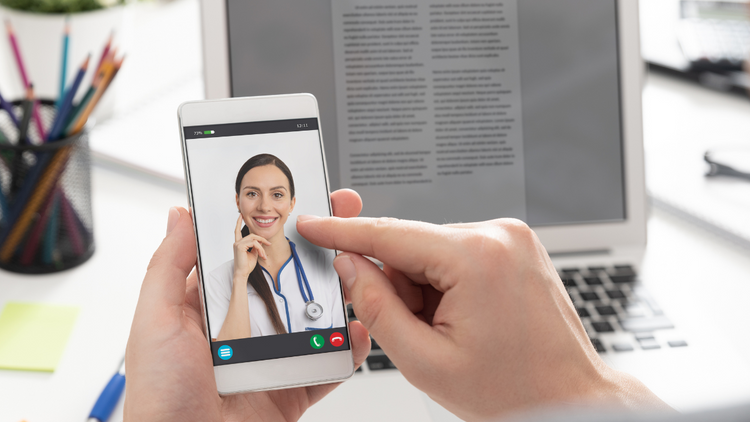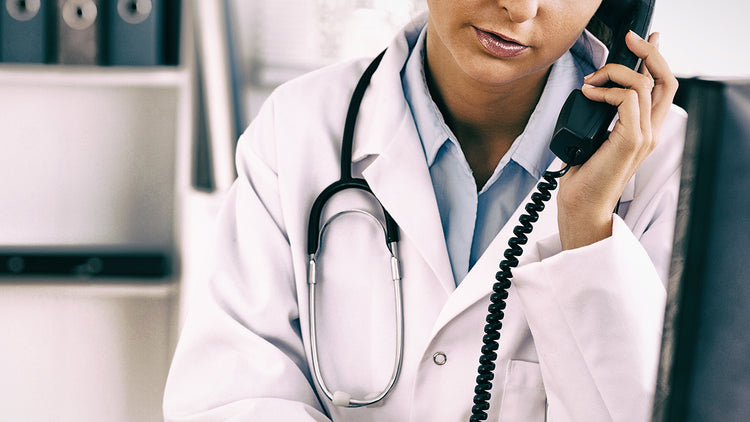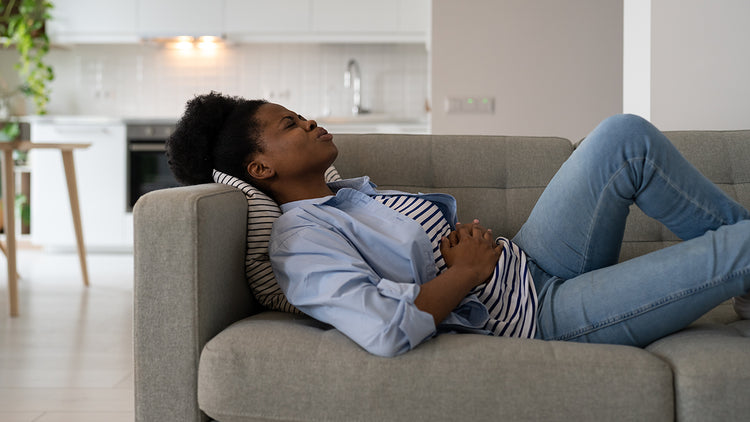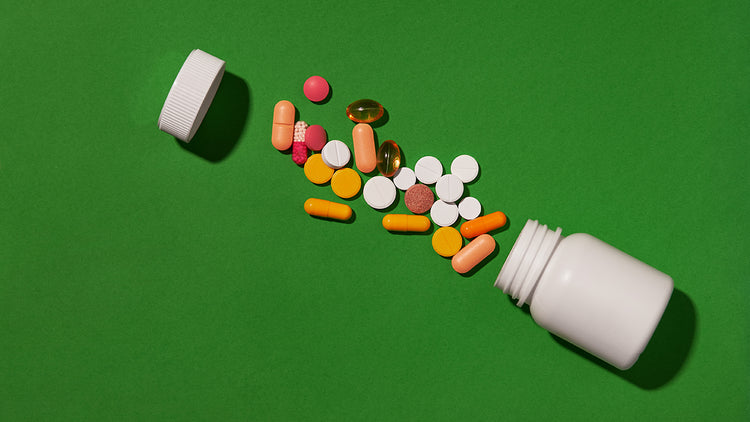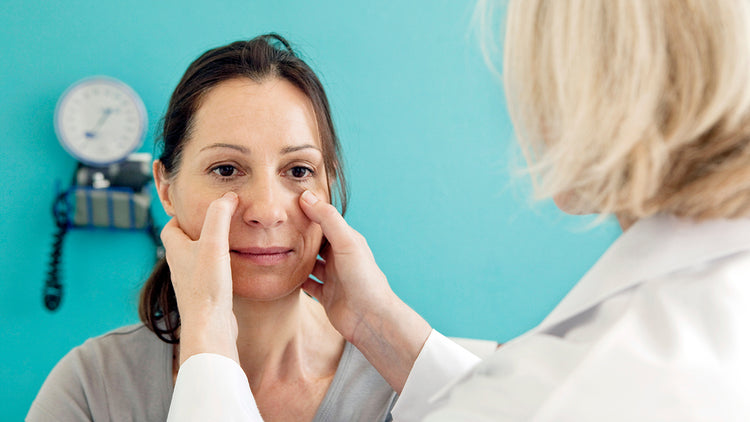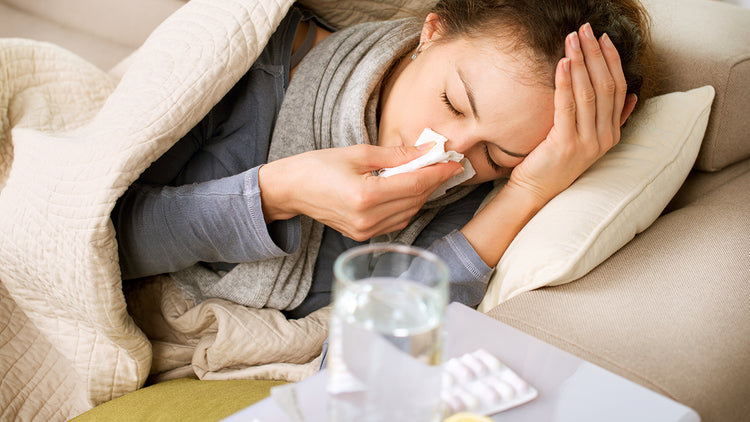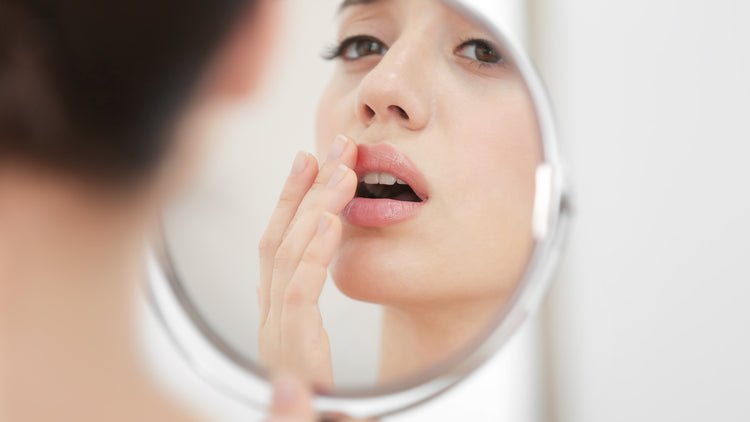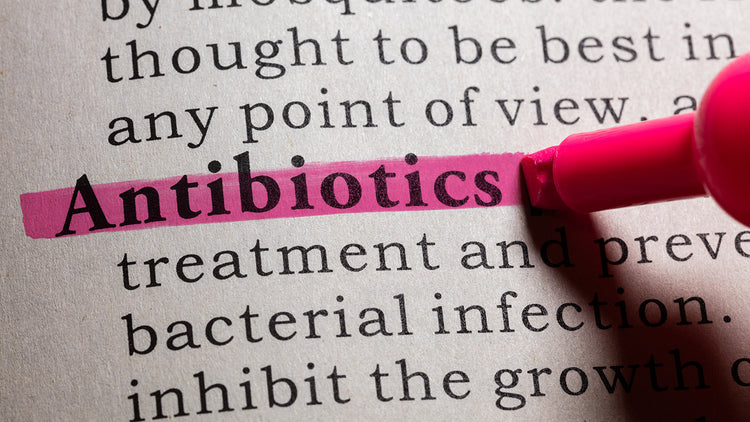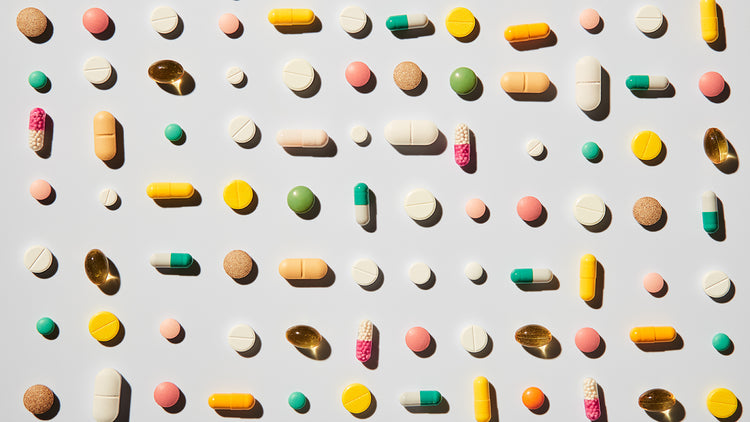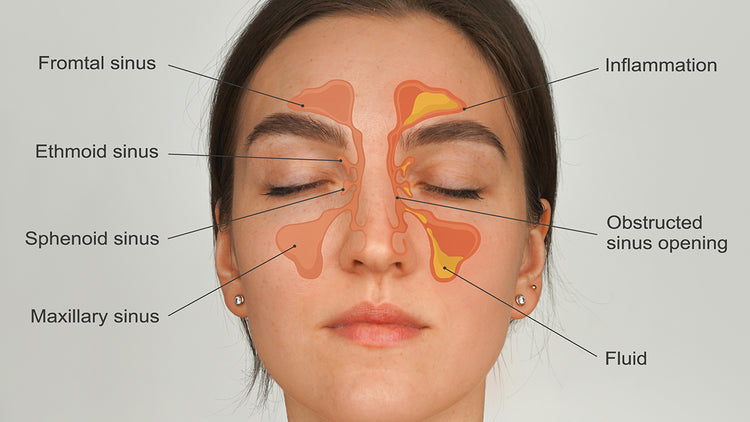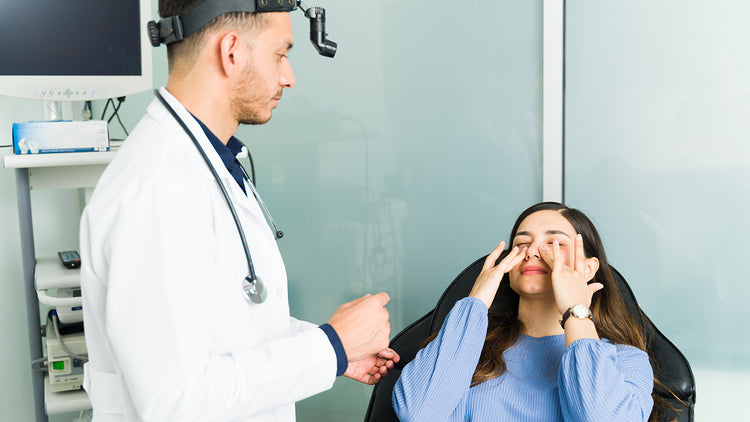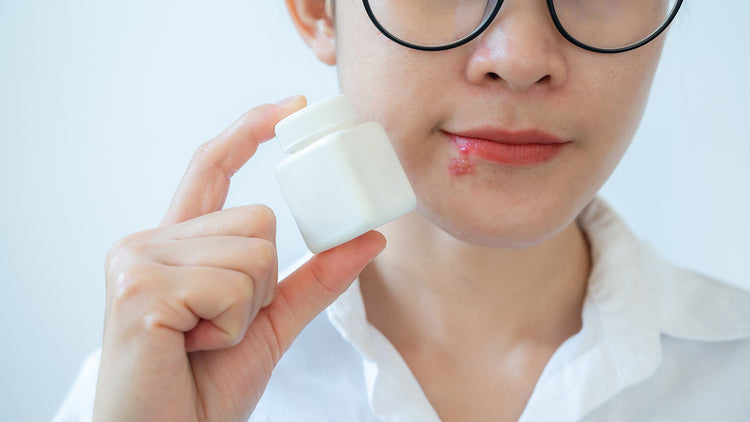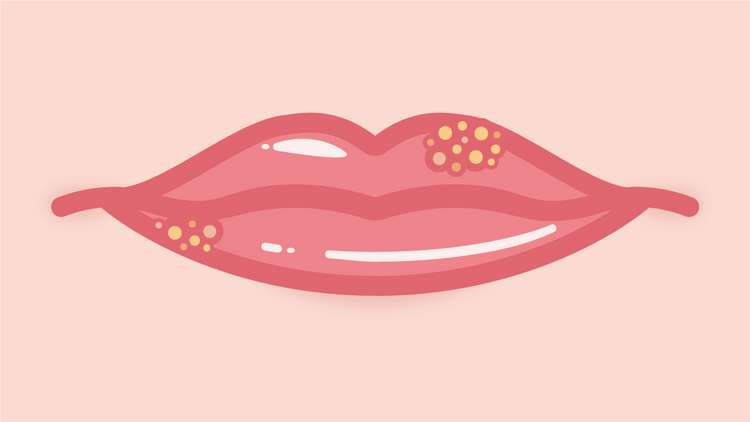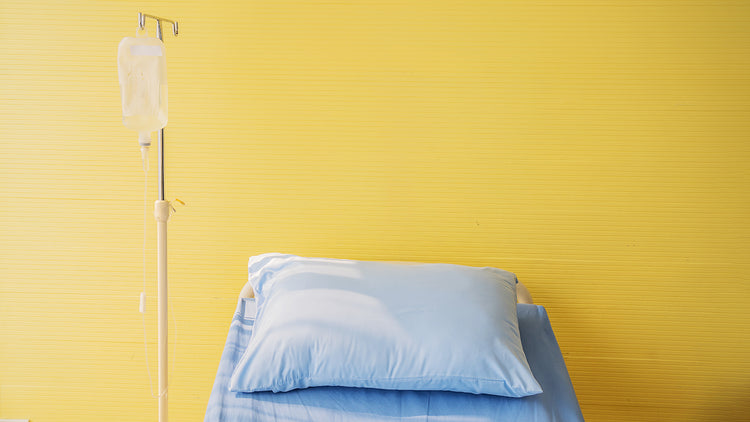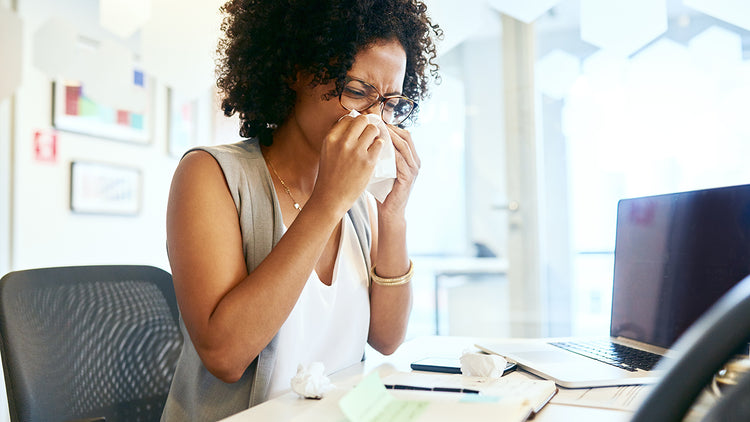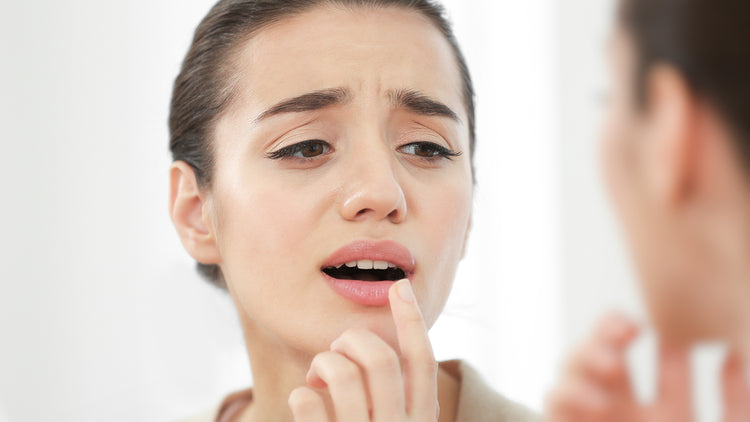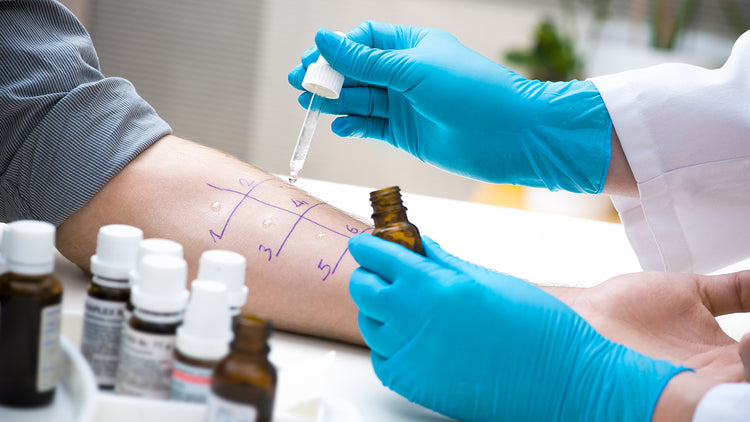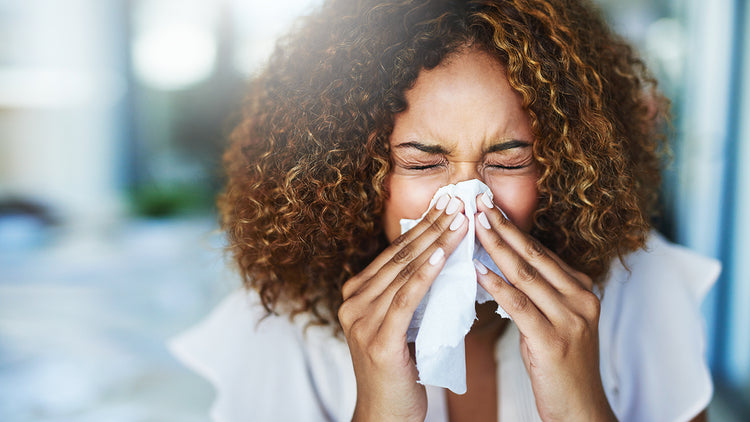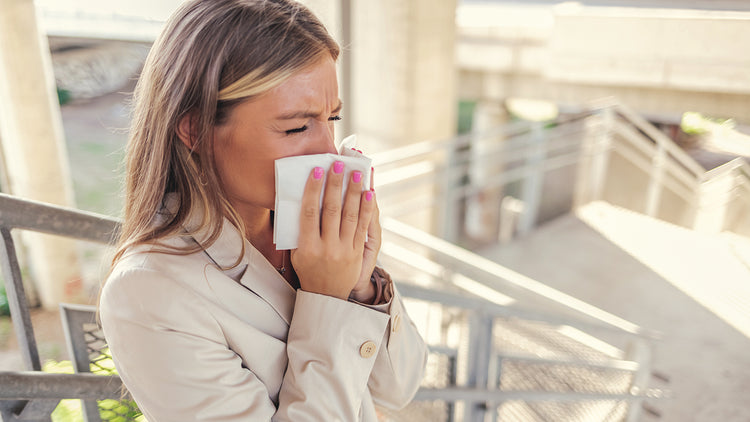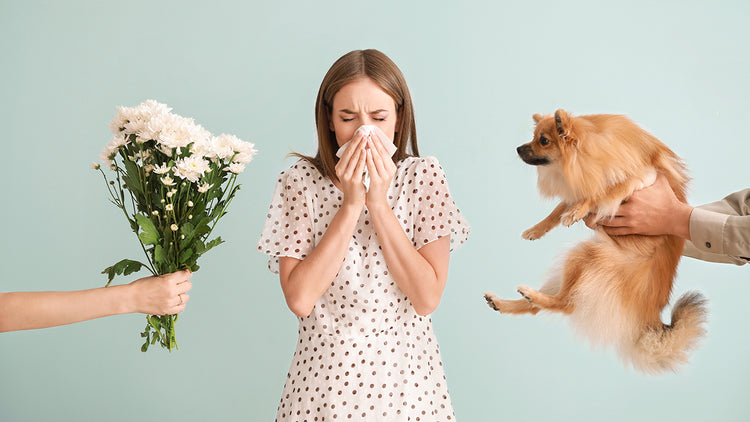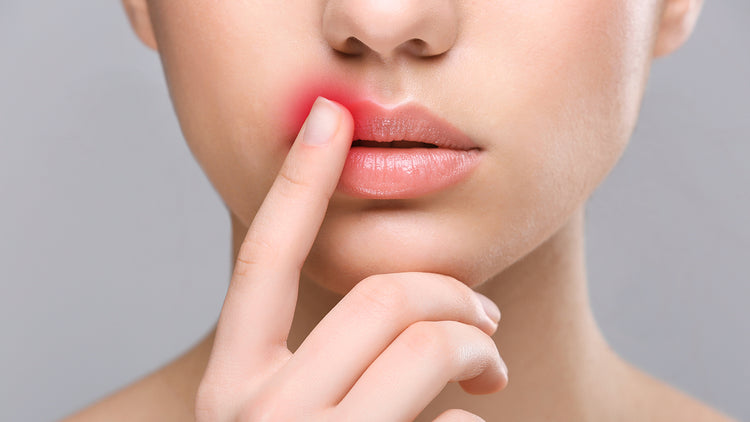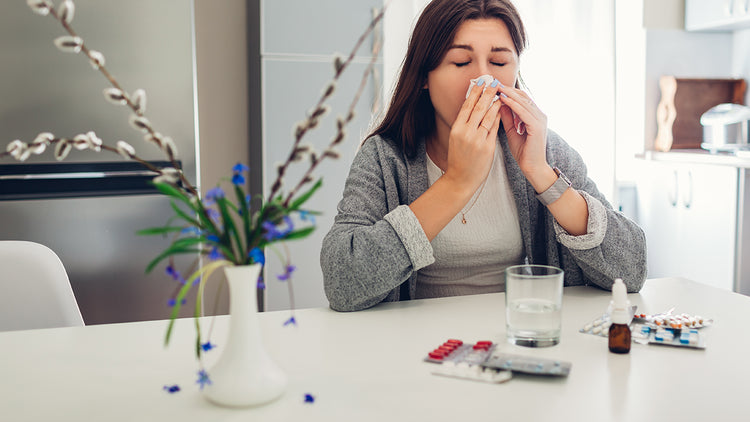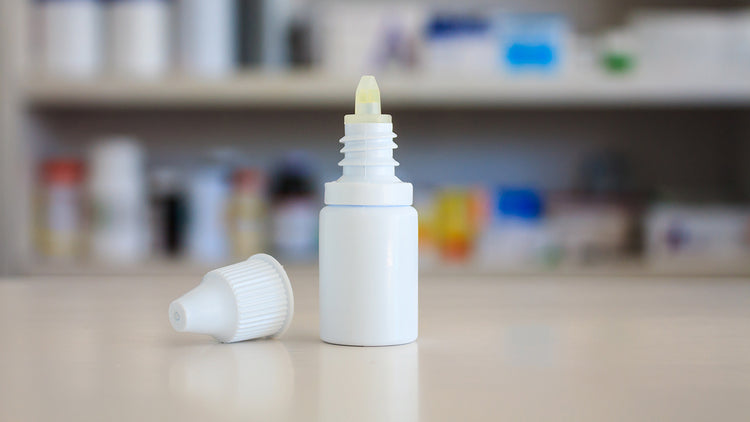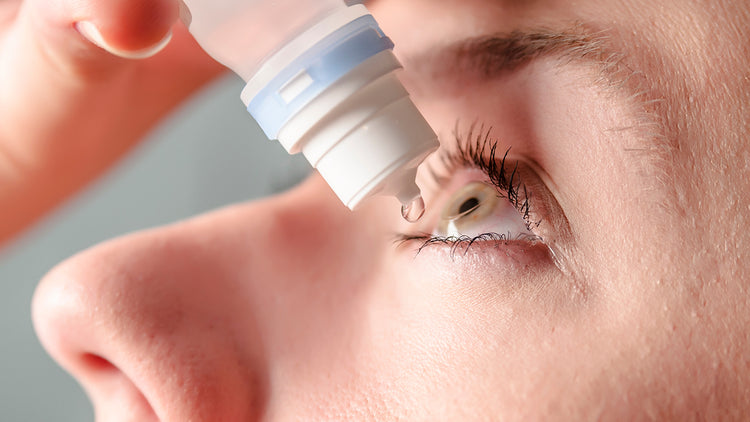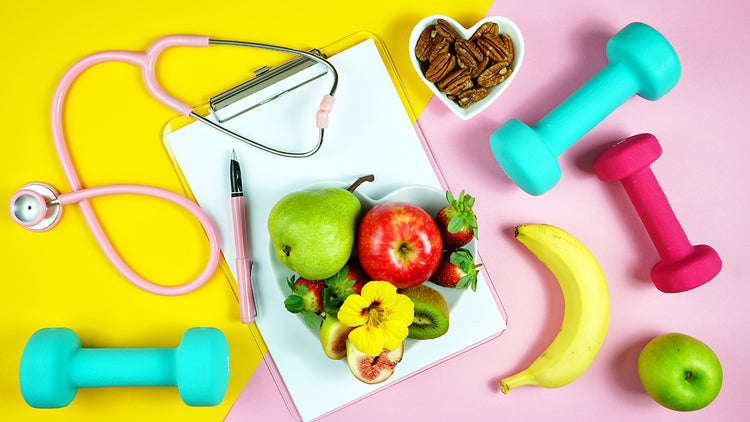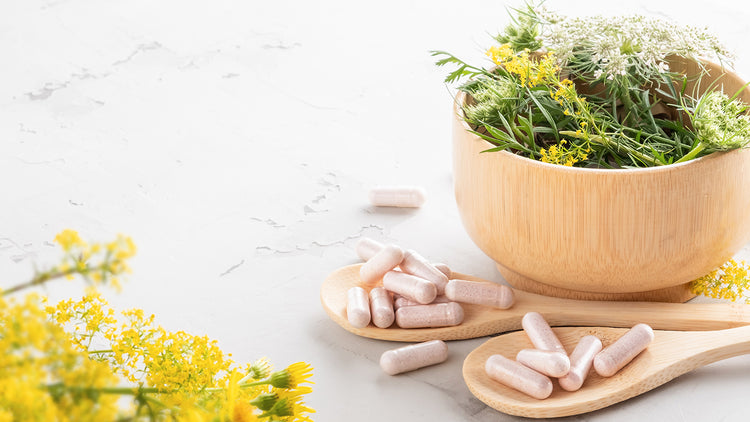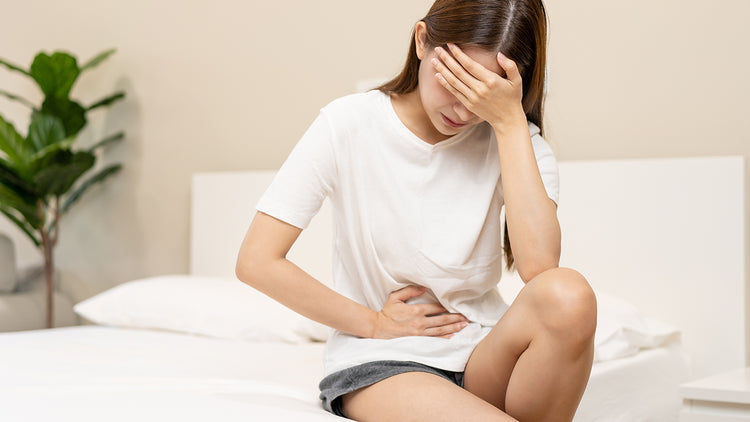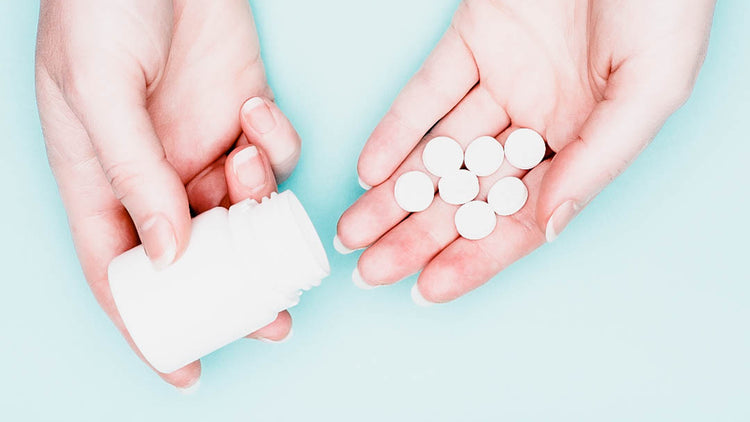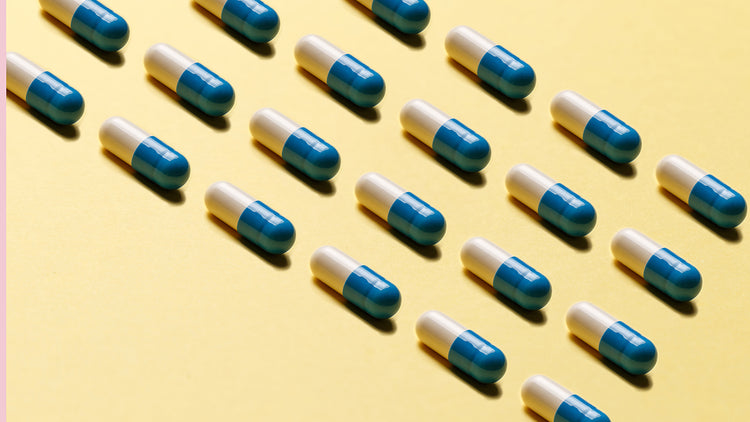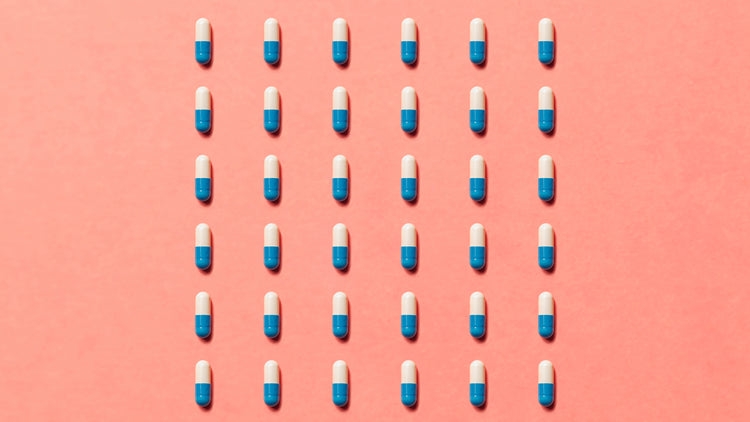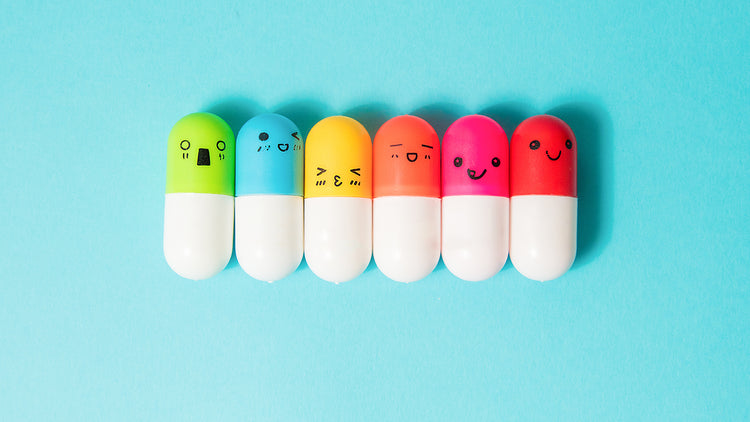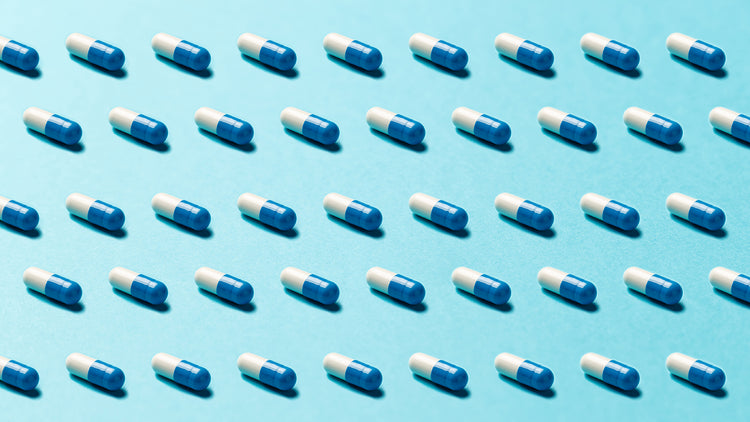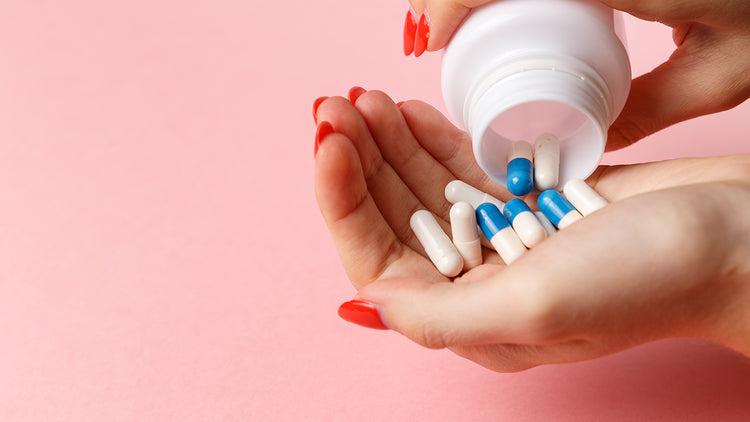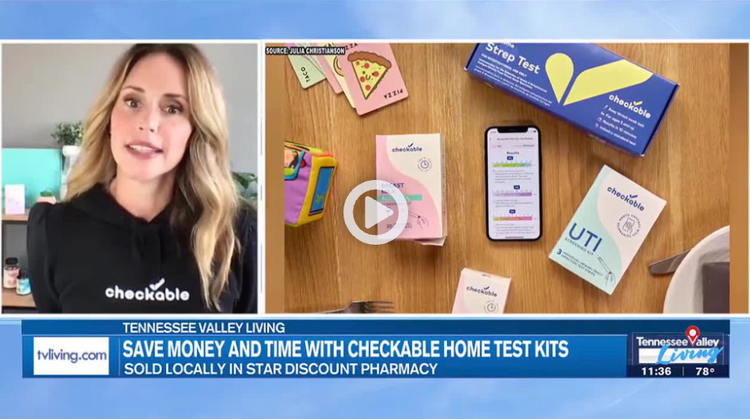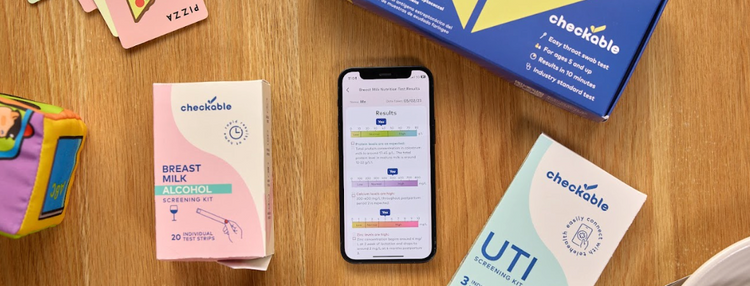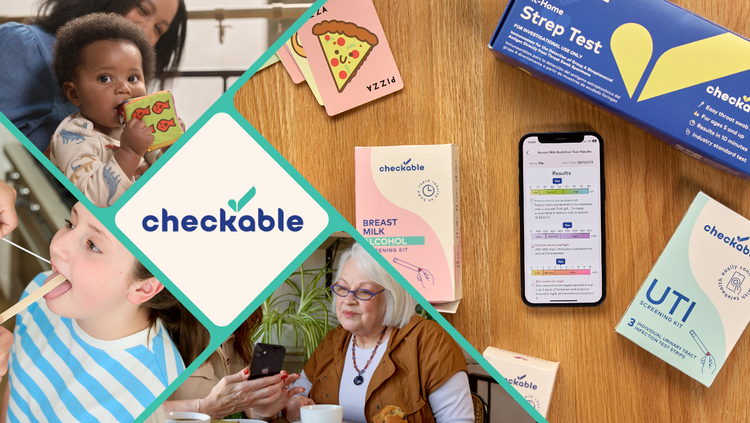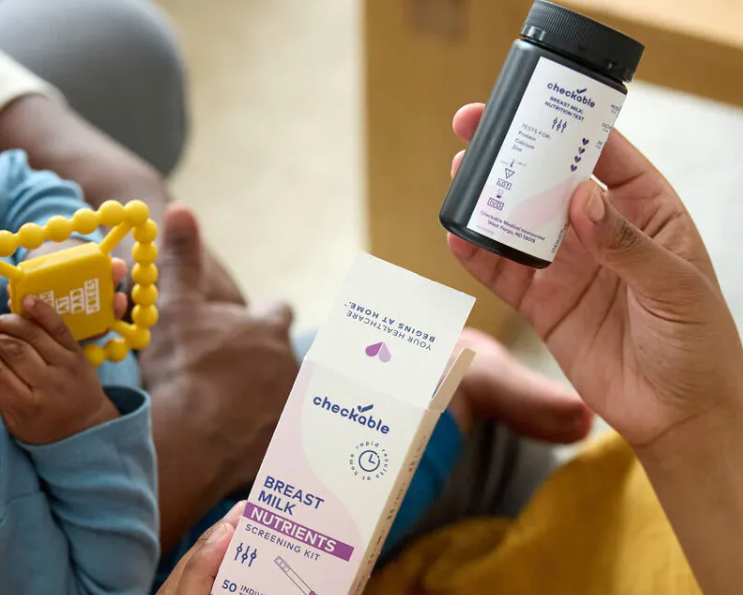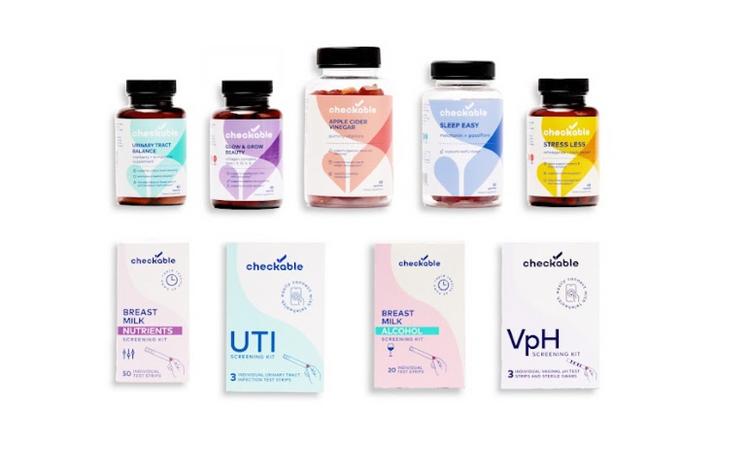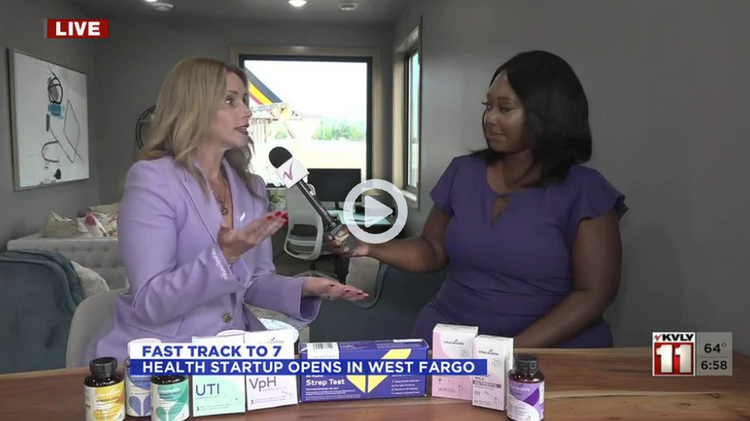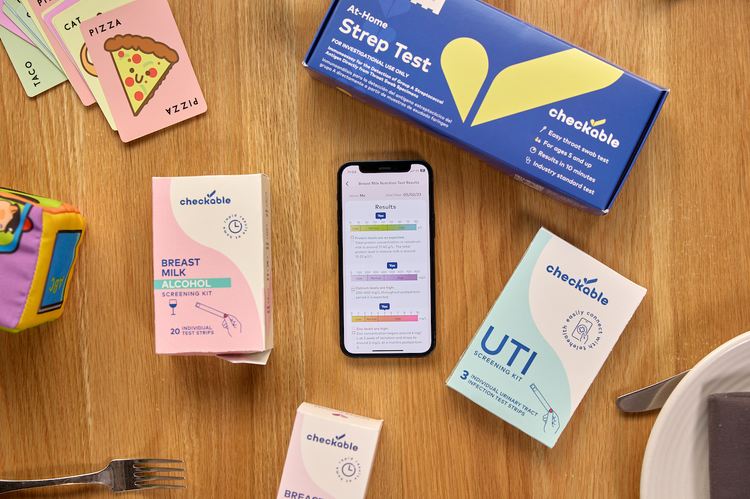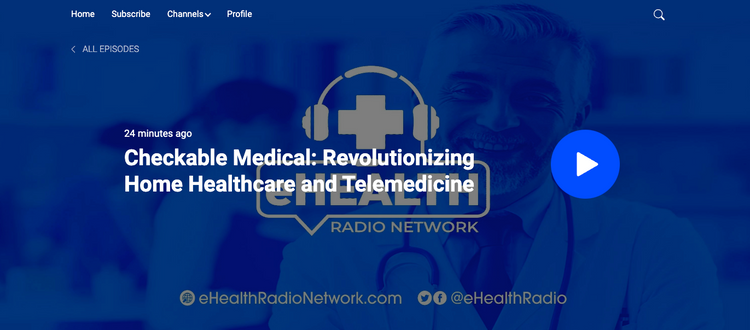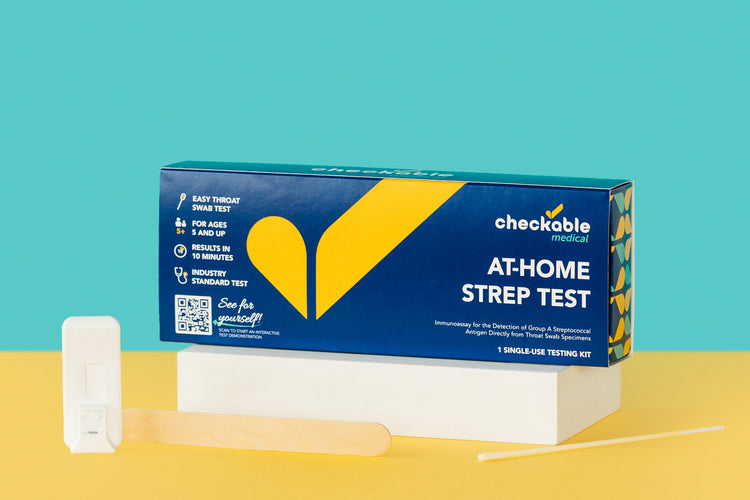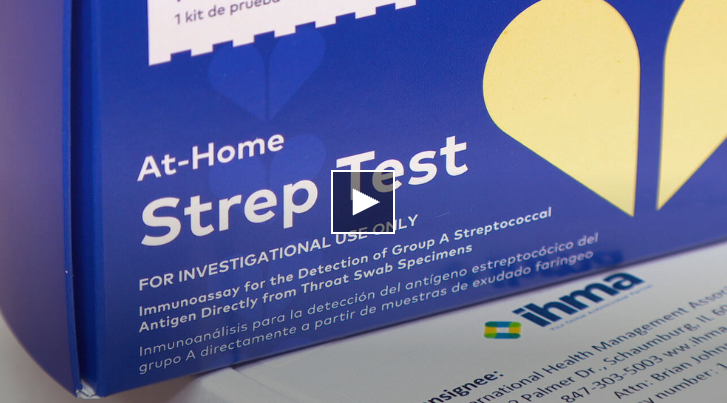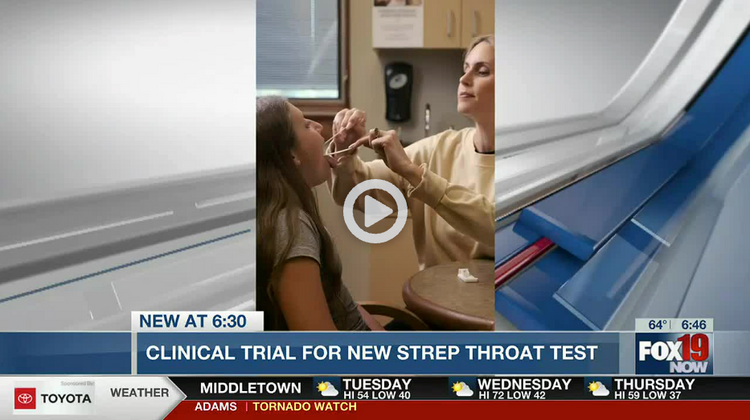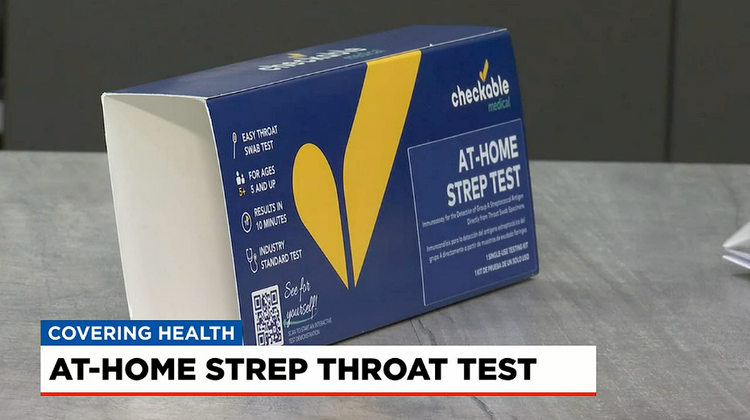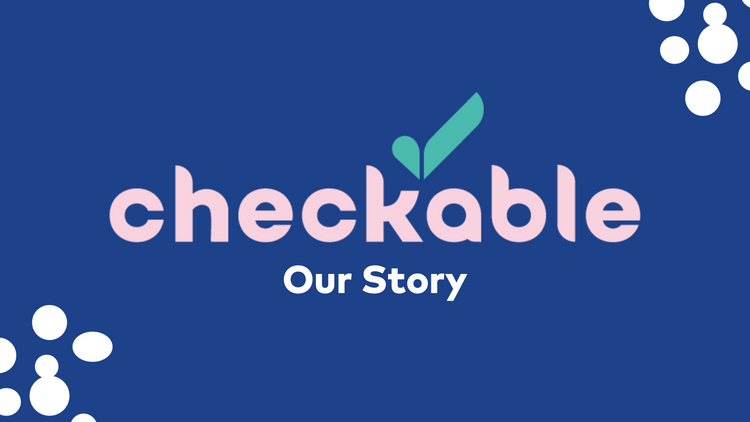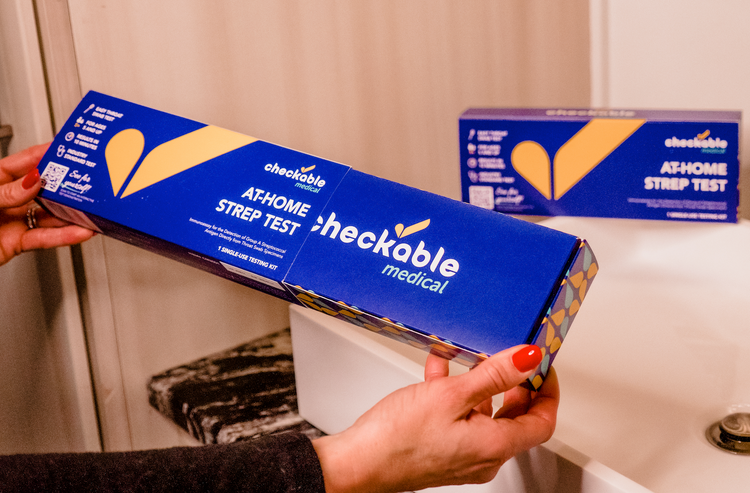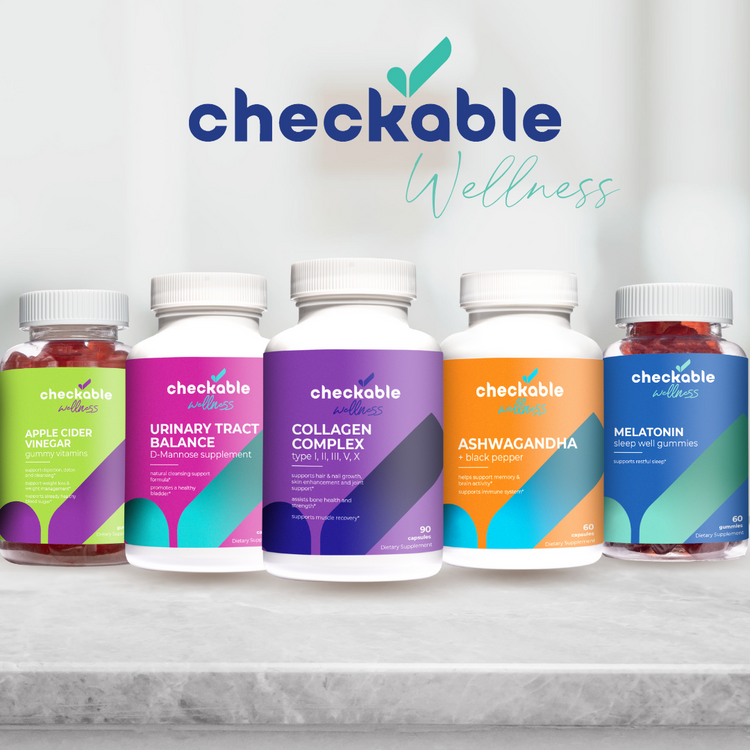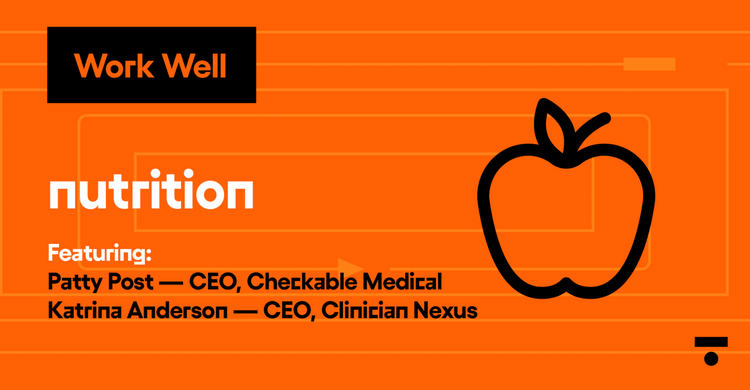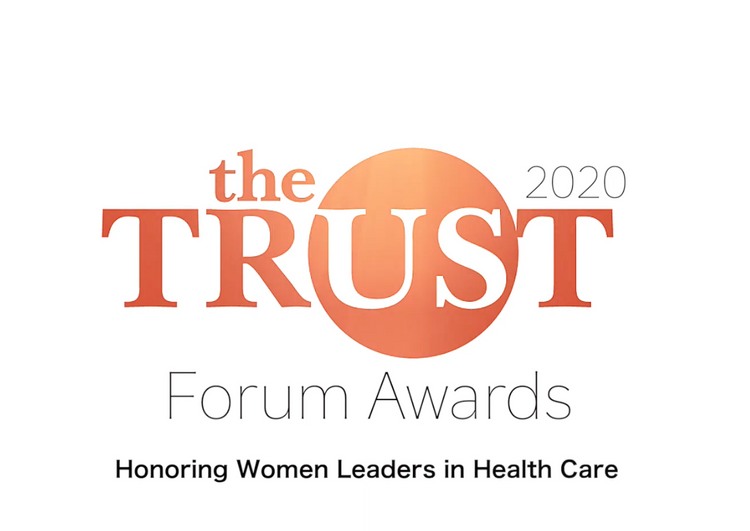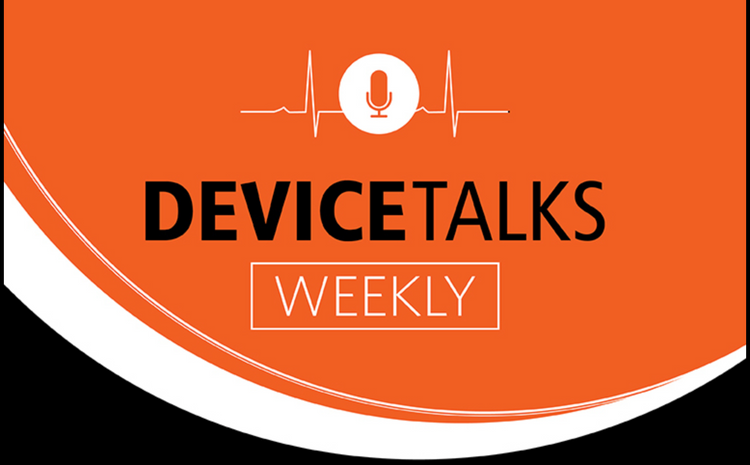
Anyone who has had a urinary tract infection (UTI) knows how inconvenient it is. The symptoms can be excruciating — ranging from pain and burning to the need to use the restroom more often. When the doctor orders an antibiotic, you want it to work quickly. And you probably wonder what to expect on the first three days of UTI antibiotic treatment. This article tells you what to expect during days 1-3 on UTI antibiotics and answers the most common UTI treatment questions.
Are UTI Antibiotics Typically Taken for More Than Three Days?
The usual course for prescribed oral antibiotics (pills, liquid, or tablets) ranges from 3-7 days. Still, a doctor may prescribe longer treatments in some cases. They may prescribe therapy based on factors such as how bad the infection is. Doctors also consider the person's health and any underlying conditions they may have.
Antibiotics commonly used for UTI treatment include the following:
- Trimethoprim-sulfamethoxazole (Bactrim) for 3 days.
- Nitrofurantoin (Macrobid) for 5-7 days.
- Amoxicillin-clavulanate (Augmentin) for 5-7 days.
- Cefdinir for 5-7 days.
- Cefpodoxime for 5-7 days.
It is essential to follow the doctor's instructions and complete the full course of antibiotics, even if symptoms improve. If your infection returns after antibiotic treatment, you may be diagnosed with a recurrent UTI. Recurrent infections usually require a longer course of antibiotics. People diagnosed with recurrent UTIs may also take antibiotics after the infection clears to prevent it from returning. Healthcare professionals call this process prophylaxis. Prophylactic antibiotics are low-dose and usually taken for 6-12 months.
Side Effects of Taking UTI Antibiotics
Side effects of antibiotics are usually mild. They may include the following:
- Change in color of urine
- Diarrhea
- Dizziness or headache
- Metallic taste in the mouth
- Nausea or upset stomach
- Yeast infections
Other rare side effects could be signs of an allergic reaction. A raised, itchy skin rash called hives, trouble breathing, wheezing, and chest tightness are signs of an allergic reaction. For a mild reaction, take an antihistamine, such as Benadryl, and call your doctor. For a severe reaction, you should call 911 or go to the nearest emergency room.
Can UTI Antibiotics Interact with Other Medications?
The antibiotics used to treat urinary tract infections are generally safe to take. Still, certain UTI antibiotics can interact with other medicines. Here is a list of common antibiotic-drug interactions.
- Birth control pills: Antibiotics may decrease the effectiveness of oral contraceptives. Consider a backup form of protection while taking UTI antibiotics.
- Blood pressure medicines: Some antibiotics interact with certain blood pressure medicines. Bactrim with Lisinopril or Losartan can cause increased potassium levels in the blood. This reaction can be dangerous in certain heart and kidney conditions.
- Coumadin (Warfarin): Antibiotics may increase the risk of bleeding.
- Digoxin: Bactrim can cause increased digoxin levels in the blood.
- Probiotics: Macrobid and Cefdinir may enhance the effect of probiotics.
It is important to have your medicines medically reviewed before starting an antibiotic.
Foods or Drinks to Avoid While Taking UTI Antibiotics
Many antibiotics also interact with certain foods and drinks. Here is a list of common food interactions to be mindful of before you start antibiotic therapy for a UTI.
- Alcohol: Drinking alcohol while taking an antibiotic could worsen side effects such as nausea and dizziness. Alcohol also works as a diuretic, increasing your risk of dehydration if you're not drinking lots of fluids.
- Antacids: Antacids might impair the body's ability to absorb antibiotics.
- Dairy: Antibiotics may be less effective if taken with milk products.
- Supplements: Aluminum, magnesium, and iron can interfere with the absorption of certain antibiotics, including Cefdinir. Take supplements at least two hours before or after your antibiotic.
Some antibiotics should be taken on an empty stomach. Meanwhile, others are best when administered with food. Take your medication exactly as directed by your doctor. Your pharmacist can also help you decide on the best time of day to take your antibiotic.
Ways to Tell the UTI Antibiotics Are Working
You can’t know for sure if your infection is responding to UTI antibiotics. Yet, you should start to feel better during days 1-3 on UTI antibiotics. Symptoms should go away completely within five days. These signs can help you tell if UTI antibiotics are working:
- Pelvic pain goes away.
- You no longer feel burning, stinging, or itching when you pee.
- The urge to urinate often ("urinary frequency") fades.
- Pressure or heaviness in the bladder subsides.
Notifying your doctor if your symptoms persist after the antibiotic treatment is over is crucial. In some cases, urinary tract infections can develop resistance to medications. When this happens, you might need a different treatment. It's also possible that your symptoms aren't a UTI after all. Certain sexually transmitted infections, like gonorrhea and chlamydia, cause symptoms that look like a UTI. A urine culture can diagnose the type of infection you have.
References
Aggarwal, N., & Lotfollahzadeh, S. (2022, December 3). Recurrent Urinary Tract Infections. StatPearls [Internet]. https://www.ncbi.nlm.nih.gov/books/NBK557479/
Ament. P.W., Bertolino, J.G., Liszewski, J.L. (2020, March 15). Clinically Significant Drug Reactions. American Family Physicians. https://www.aafp.org/pubs/afp/issues/2000/0315/p1745.html
American Academy of Allergy, Asthma, and Immunology. (2020, September 28). Medications and Drug Allergic Reactions. https://www.aaaai.org/tools-for-the-public/conditions-library/allergies/medications-and-drug-allergic-reactions
Bono, M., Leslie, S., & Reygaert, W. (2022, November 28). Urinary Tract Infection. StatPearls [Internet]. https://www.ncbi.nlm.nih.gov/books/NBK470195/
Bushra, R., Aslam, N., & Khan, A. Y. (2011, March 26). Food-drug interactions. Oman Medical Journal, 26(2), 77–83.https://www.ncbi.nlm.nih.gov/pmc/articles/PMC3191675/
Centers for Disease Control and Prevention. (2021, October 6). Urinary Tract Infection. https://www.cdc.gov/antibiotic-use/uti.html
Douglass, R., & Heckman, G. (2010, November). Drug related taste disturbance. Canadian Family Physician, 56(11), 1142–1147. https://www.ncbi.nlm.nih.gov/pmc/articles/PMC2980431/
Drugs.com. (n.d.). Bactrim Interactions. https://www.drugs.com/drug-interactions/sulfamethoxazole-trimethoprim,bactrim.html
Drugs.com. (n.d.). Cefdinir. https://www.drugs.com/mtm/cefdinir.html#interactions
Drugs.com. (n.d.). Cefdinir Interactions. https://www.drugs.com/drug-interactions/cefdinir.html
Drugs.com. (n.d.). Nitrofurantoin Interactions. https://www.drugs.com/drug-interactions/nitrofurantoin.html
Pai, M.P., Momary, K., & Rodvold, K.A. (2006). Antibiotic Drug Interactions. The Medical Clinics of North America, 90(6), 1223-55. https://www.researchgate.net/publication/6682354_Antibiotic_Drug_Interactions

Author Bio:
Sarah S. Falcone, BSN, RN, is a nurse and health content writer in Fort Worth, TX. She draws from 15 years of practicing patient care and nursing leadership, to share her own nursing experiences and expertise online. Connect with her on LinkedIn.Life is too short to sit in a doctor’s office
Sign up for our weekly newsletter and get valuable healthcare tips and tricks in your inbox!
Sign up now and unsubscribe anytime.
- Choosing a selection results in a full page refresh.
- Press the space key then arrow keys to make a selection.




